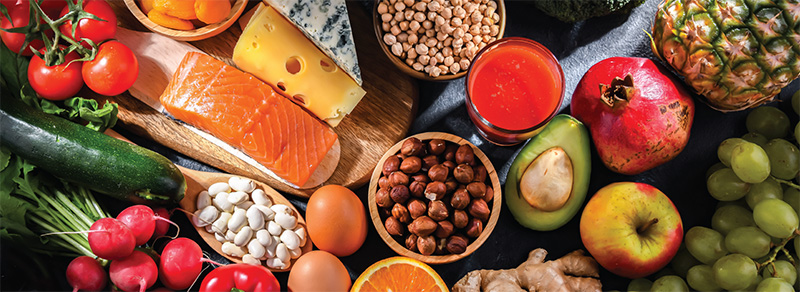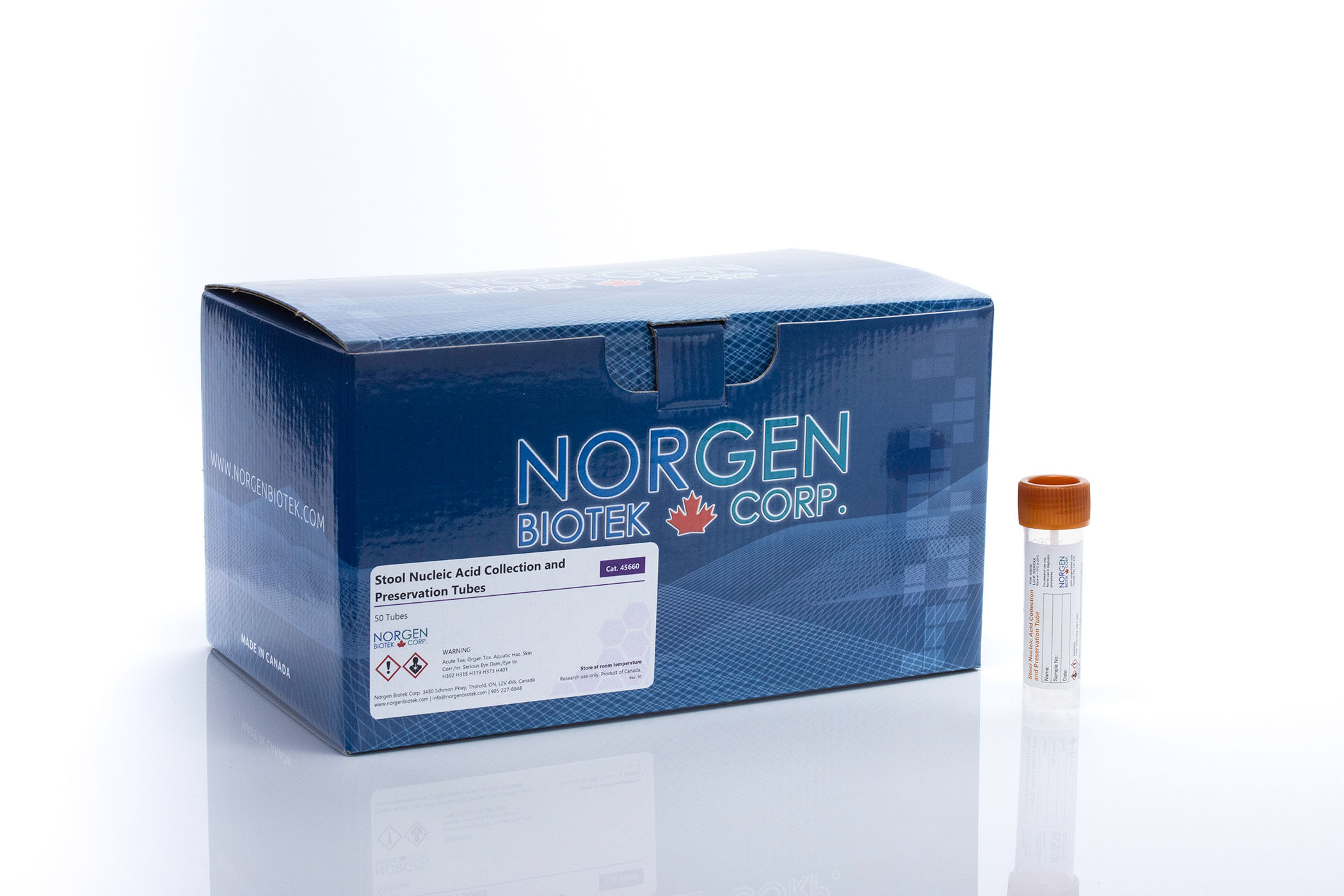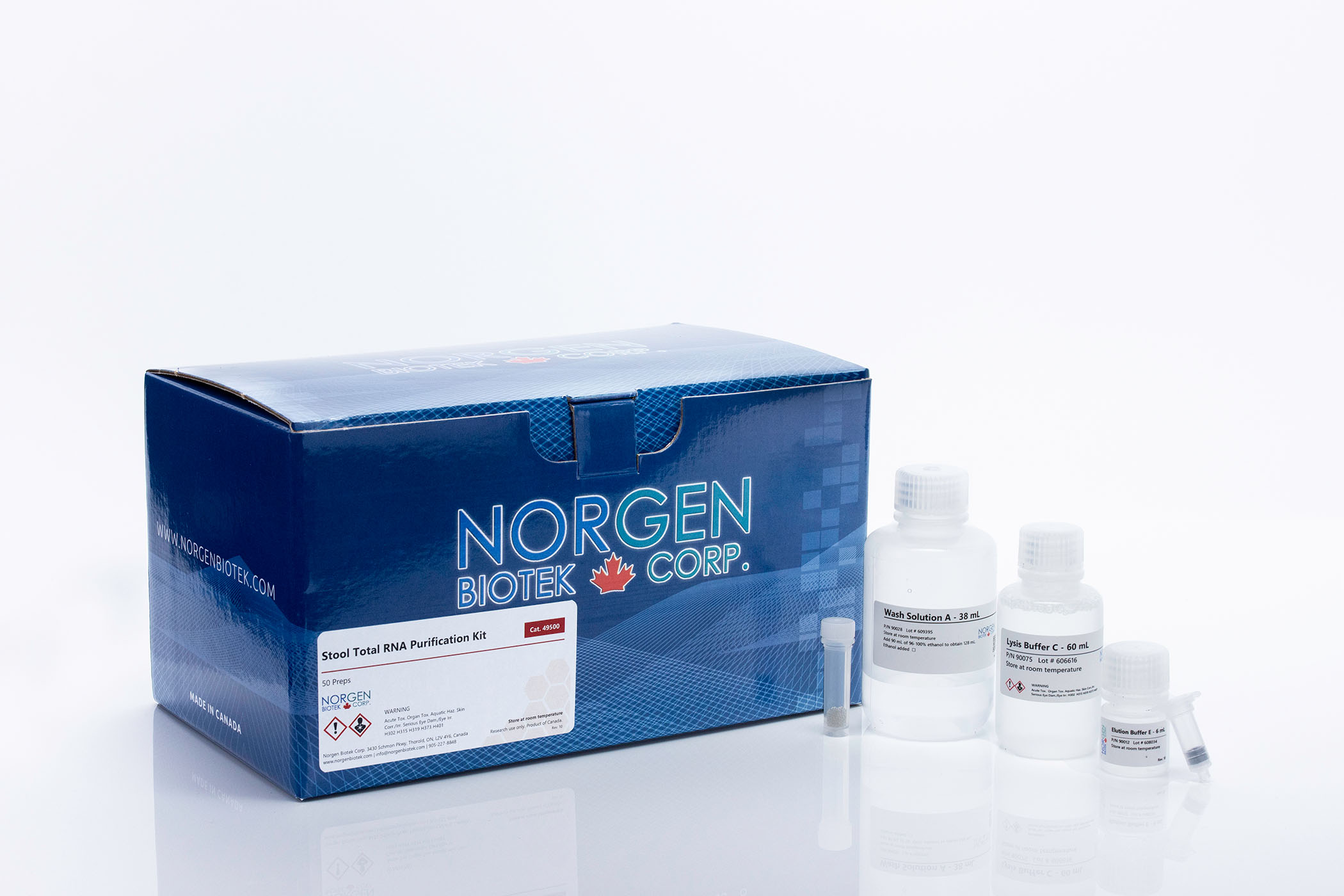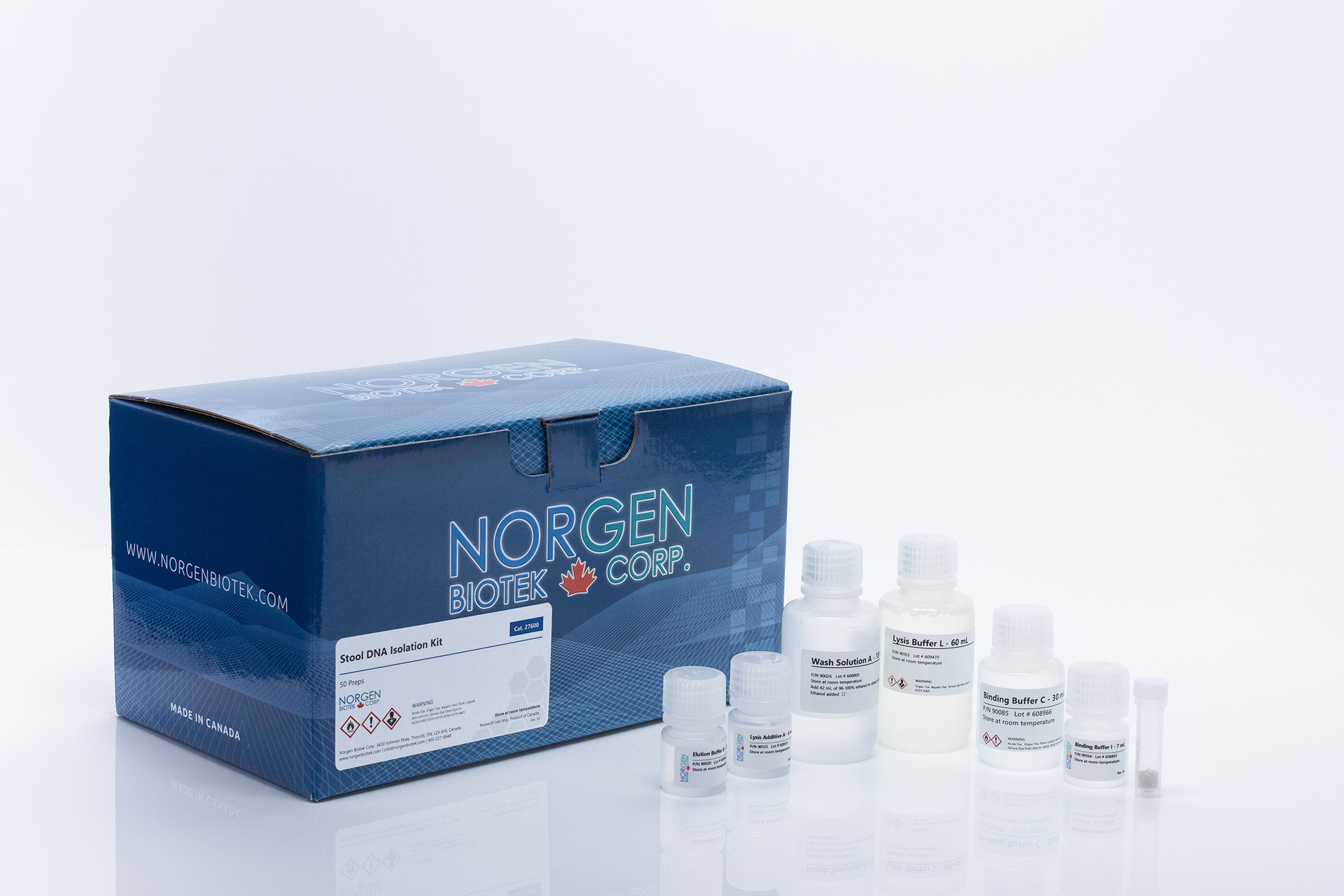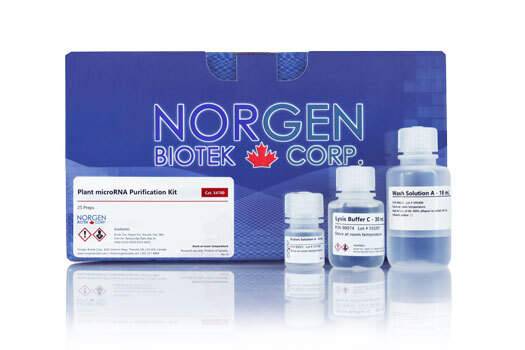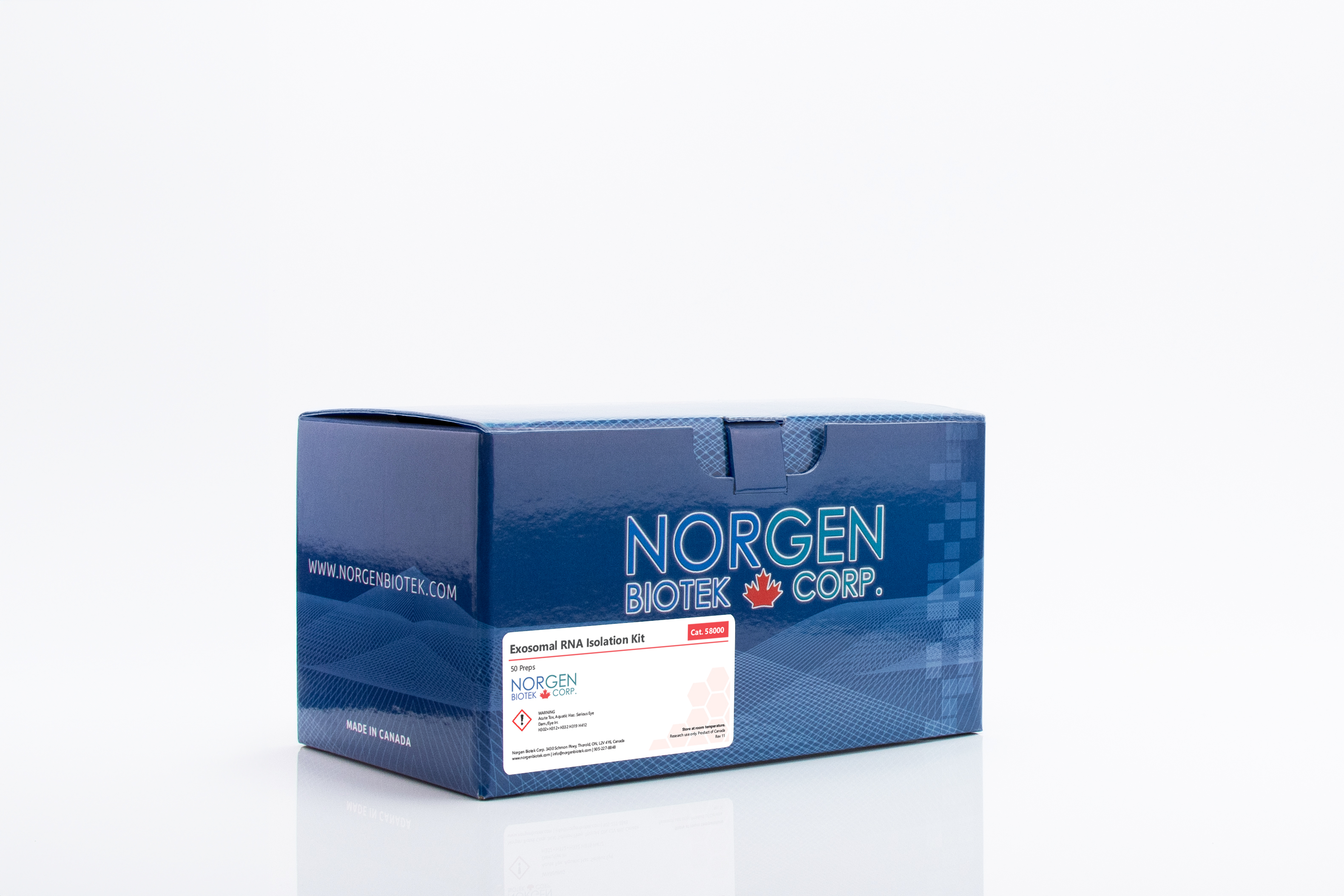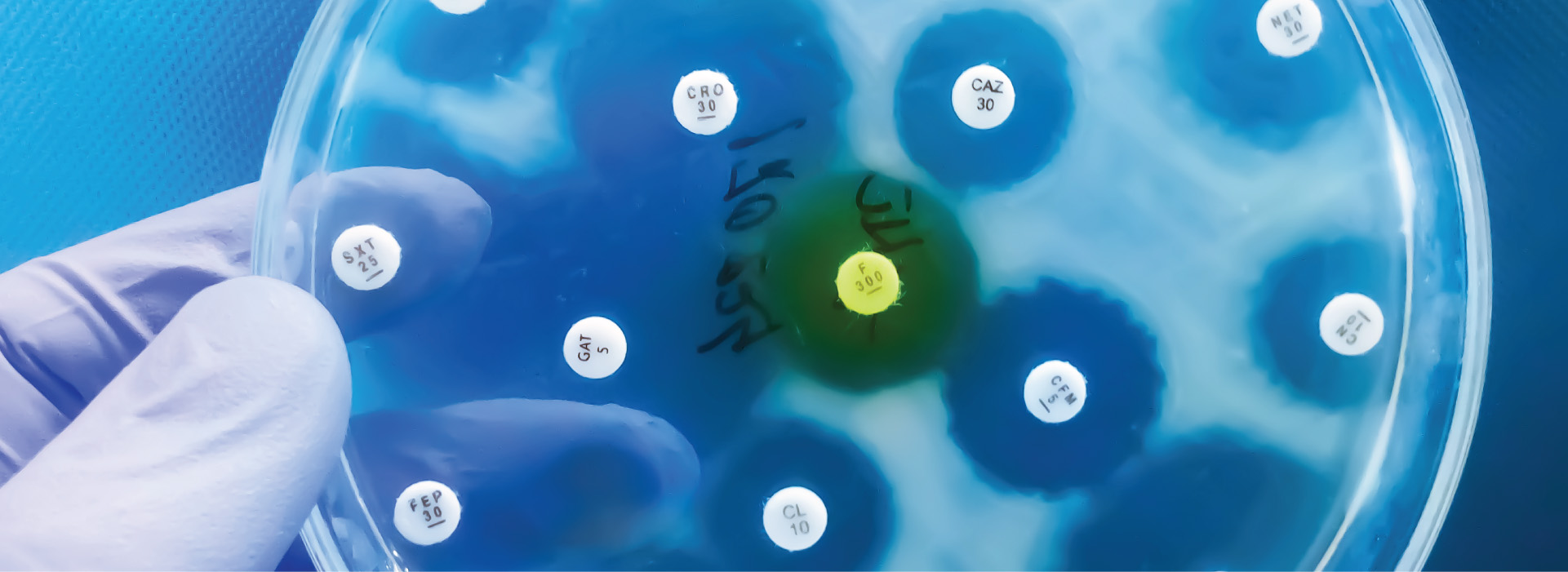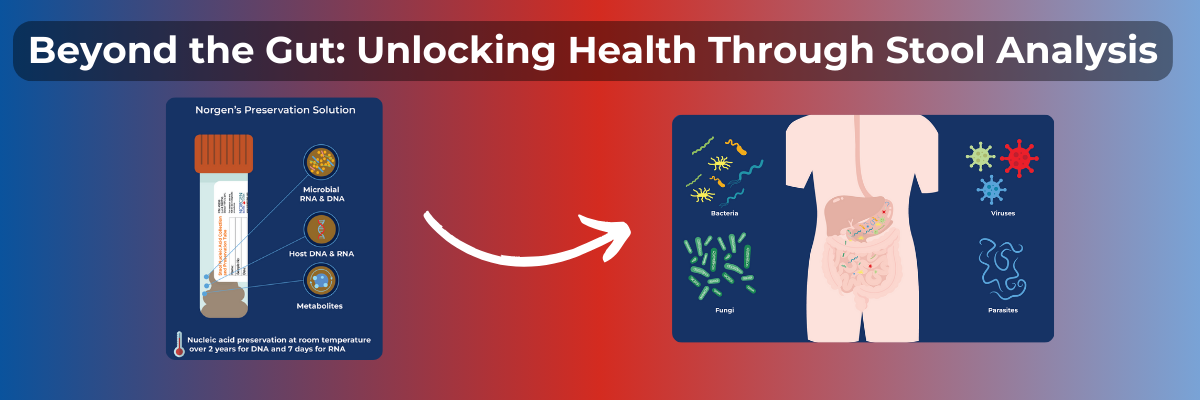This month, we’re focusing on four recent articles that made use of Norgen’s technology to explore different aspects of nutrition. The first two papers investigate the effect of nutritional interventions to improve health. While one analyzes fecal miRNA after the Mediterranean Diet as a treatment for FAP, the other analyzes fecal DNA after dietary supplementation with date extract to mitigate the impact of a high fat diet. The last two papers look into the health benefits of apples by analyzing miRNA and exosomal RNA from apple stem cells and apple-derived nanovesicles.

The Mediterranean Diet Modulates Host miRNA levels
The Mediterranean Diet emphasizes vegetables, fruits, whole grains, beans, nuts and seeds, olive oil, and a moderate amount of white meat and dairy products, and discourages refined grains, added sugar, trans fats, and processed foods. Numerous studies have reported the health benefits of eating a Mediterranean Diet, on cardiovascular health, obesity, hypertension, metabolic syndrome, dyslipidemia, age-related cognitive decline, and neurodegenerative diseases, notably Alzheimer's Disease. Another advantageous feature of the Mediterranean Diet is its comparatively minimal environmental impact, encompassing reduced water, nitrogen, and carbon footprints, thus rendering it an environmentally sustainable diet. 1
Want to hear more from Norgen?
Join over 10,000 scientists, bioinformaticians, and researchers who receive our exclusive deals, industry updates, and more, directly to their inbox.
For a limited time, subscribe and SAVE 10% on your next purchase!
SIGN UP
A recent study by Illescas et. al. investigated the mechanism by which a Mediterranean Diet can improve outcomes for patients with Familial Adenomatous Polyposis (FAP). FAP is an inherited condition that affects the gastrointestinal tract leading to hundreds or thousands of polyps inside the colon or rectum. If it is not treated it can often develop into colorectal cancer. 2 In a previous study by the same group, researchers treated patients with FAP with a modified Mediterranean Diet, which involved decreasing the content of pro-inflammatory foods and augmenting it with fermented foods. 3 They found that following the intervention, both stool and serum levels of the inflammatory marker calprotectin decreased, coinciding with a reduction in the frequency of diarrheal episodes. In this followup study they wanted to investigate the genetic mechanisms by which the diet improved symptoms.
Dietary habits can influence cell processes through impacting gene regulation and miRNA expression. In order to understand if the impact of the Mediterranean Diet is through modulating miRNAs, the researchers collected stool using Norgen’s Stool Nucleic Acid Collection and Preservation Tubes, and used Norgen’s Stool Total RNA Purification Kit to extract RNA. They performed small RNA sequencing on samples from subjects with FAP that were given a Mediterranean Diet. They sequenced small RNA from stool samples at day zero, after 3 months, and after 6 months, and tissue samples at day 0 and after 6 months. Sequence analysis identified about 646 miRNAs per sample, with twenty-nine miRNAs being differentially expressed (DE) in at least one comparison among time points. Using published miRNA-target annotation databases, they identified 3,557 validated miRNA-target interactions, involving 1,934 genes and 19 DE miRNAs.
Some of the miRNAs that increased after the dietary intervention includes miRNAs that are known to suppress tumors (miR-577, miR-4454, and miR-941) 4,5,6 , and conversely, one that was significantly decreased (miR-4317)7 has been shown to be highly expressed in patients with Colorectal Cancer. Other DE miRNAs have also shown to be differentially expressed in other dietary studies, including miR-3920 which was up-regulated in coronary patients on a Mediterranean Diet, miR-638-3p that was upregulated in celiac patients after a gluten free diet, and miR-646 that was down-regulated in colorectal cancer patients consuming pomegranate juice.
After miRNAs, Piwi-interacting RNAs (piRNAs) were the most abundant differentially expressed small non-coding RNAs. piRNAs mainly act as post-transcriptional suppressors of transposable elements. Evidence indicates that piRNAs also influence cancer progression, with research indicating a role in colorectal neoplasms 8. This is particularly relevant as many FAP patients develop colorectal cancer.
The researchers next analyzed the function of the genes that are known to interact with the DE miRNAs. Up-regulated miRNAs gene targets included genes associated with cell proliferation and apoptosis, while genes targeted by down-regulated miRNAs were involved in inflammatory response, ketogenesis, protein breakdown, and cell-to-cell adhesion. Other non-cancer or inflammatory genes were also implicated, such as ZBTB22, which codes for a protein that promotes insulin resistance and hyperglycemia.
RNA-seq from FFPE tissue samples of normal rectal tissue and adenoma cells revealed genes that were differentially expressed after six months on the diet. Most of these were involved with inflammation or immune response. Moreover, some tumor suppressor genes decreased in the adenoma tissue after the diet, as did genes involved in colorectal cancer proliferation. Eleven differentially expressed genes have documented interactions with differentially expressed miRNAs.
This study shows that a Mediterranean Diet results in altered miRNA and gene expression in the gut, persisting even beyond the dietary intervention period. The functions of the DE miRNAs and their target genes are implicated in reducing inflammation and oncogenic and tumor-suppressing functions. Such findings underscore the importance of diet as a supportive measure alongside current management approaches for individuals affected by familial adenomatous polyposis (FAP) and at risk of cancer development.

Dietary Supplementation with Date Extract Benefits the Gut Microbiome
Ajwa dates (Phoenix dactylifera L.) are rich in fiber, vitamins, and minerals, and phytochemicals such as polyphenols and carotenoids. Polyphenols are secondary metabolites produced by plants as a defense mechanism that act as antioxidants within the cell, resulting in anti-inflammatory and anti-mutagenic properties. Research shows that prolonged consumption of polyphenols has protective effects against the onset of cancers, cardiovascular diseases, diabetes, osteoporosis, and neurodegenerative diseases.9 Ajwa dates also hold special cultural and religious significance. Prophet Muhammad was aware of the health benefits of the Ajwa Dates, and suggested that Muslims should break their daily Ramadan fast by eating seven Ajwa dates.
This study used rats to examine if dietary supplementation with Ajwa Date Extract (ADE) can mitigate the negative effects of a High Fat Diet (HFD). There were three groups of rats, one on a standard diet, another on a high fat diet, and the third group were fed a high fat diet for 28 days then underwent a dietary intervention and were fed Ajwa Date Extract (ADE). Physiological tests showed that the HFD resulted in an increase in blood glucose levels, however, after 7 days of intervention of ADE, the rats exhibited a decrease in blood glucose levels. To determine the effects of the diets on the gut microbiome, researchers used Norgen’s Stool DNA extraction kit to extract DNA and perform qPCR analysis of key microbial taxa.
Results showed that the microbial composition changed between the control group and the HFD group, as well as between the HFD group and the ADE group. Compared to the control group, the HFD group had decreased levels of the beneficial genus Bifidobacterium. However, when supplemented with ADE, the levels of Bifidobacterium increased. Other beneficial bacteria, Lactobacillus and Bacteroides fragilis, were also increased in the group supplemented with ADE. Conversely, treatment with ADE caused a decrease in opportunistic pathogens (E.Coli) compared to the HFD group. The decrease in E. coli may be due to the presence of antibacterial properties in ADE which inhibits the growth of E. coli bacteria. Dates contain antioxidant compounds, phenolic compounds, tannins, alkaloids, flavonoids, and steroids. All of these compounds can inhibit the growth of microorganisms and fight bacterial infections. This study showed that the extract from Ajwa dates reduced body weight and blood glucose levels, while decreasing pathogenic bacteria within the gut microbiota and increasing the proportion of beneficial bacteria.

An Apple a Day Keeps Aging at Bay
Nutritional Supplementation with Apple Stem Cells Combats Skin Aging
A specific Swiss heritage apple variety, Uttwiler Spätlauber, has been cherished since the 18th century for its longevity in storage. Unlike most apple varieties, it can be stored over the winter without showing any wrinkling of its peel for up to nine months. Researchers have been interested if the anti-aging molecules produced by these apples can be harnessed for use by humans.
The skin is the body's largest organ and acts as a protective barrier against environmental stressors. The skin is particularly susceptible to aging from both external (UV, pollution) and internal factors (hormones). Skin aging is characterized by diverse molecular and biochemical alterations, such as a decline in stem cells. Nutrition significantly impacts skin aging, with dietary supplements offering potential interventions to promote skin health. This study examined the use of apple callus extract from the Swiss “anti-aging apple” as a nutritional supplement to reduce skin aging.
In nature, plants heal their wounds by producing non-differentiated callus cells. These plant ‘stem cells’ can be grown in a laboratory in vitro for a variety of biotechnology applications, including plant-based nutraceuticals and supplements.10 In this study by Baumann et. al., researchers used Norgen’s Plant miRNA Extraction kit to extract miRNAs from ripe plant tissue as well as the callus cells. After 1 day of liquid culture, the callus cells contained more than double the concentration of miRNAs as compared to the ripe apple flesh. The amount of miRNAs doubled again by 14 days. This increased genetic diversity was reflected in increased protein diversity, as proteomic analysis also found more proteins in the callus than the ripe fruit. 88% of the proteins that were identified in the fruit were also identified in the callus cells, while 60% of the callus proteins were unique and not found in the ripe fruit.13
Next they performed in vitro tissue experiments. First they applied two different concentrations of apple callus cells on keratinocyte progenitor cells for 7 days. This led to a concentration dependent growth of keratinocyte progenitor cells. They also looked at the effect on 3D epidermis structure. After prolonged culture, primary human keratinocytes lose their progenitor cell characteristics, often with impaired differentiation. After 28 days of culture, early passage keratinocyte progenitor cells (p5) established a normal 3D model, whereas the long passage (p14) were completely unable to form a 3D epidermal structure. However, when the apple callus cells were added to the p14 progenitor cells, they were then able to form a 3D structure. These findings show that apple callus extract can delay the loss of primary characteristics even after serial passaging (aging) of the cells.
To confirm these laboratory results, a clinical trial was performed with 31 female volunteers. Participants were instructed to consume 10 mg of apple callus cell formulation as a food supplement daily for 8 weeks (56 days). The food supplement was well tolerated by the participants, with no reported adverse effects or intolerance reactions. After the 8 weeks, skin measurements showed that skin elasticity, firmness, and density had increased significantly. This was also visible in ultrasonographic images of the epidermis and dermis, showing a decrease in the number of regions with low dermal density. The positive outcomes were subjectively corroborated by the volunteers, with 84% reporting an improvement in how they felt about their skin, and 81% noting a smoother skin texture. Overall, the nutritional supplementation with the apple callus extract had beneficial anti-aging effects on the skin. Dietary supplements to address skin aging are a growing market worldwide, and natural and sustainable substrates are of particular interest. Plant callus cultures provide a viable approach to produce natural biomolecules, at a reproducible and high yield.

Exosomal RNA Provides Mechanistic Insights into the Health Benefits of Apple Derived Nano-Vesicles
Plant-derived nanovesicles (PDNVs) represent a growing area of interest in both nutraceutical, agrifood, and medical fields, with numerous studies investigating their functions and potential applications. In nature, plants produce nanovesicles for intercellular signaling, defense responses, and cross-kingdom communication. Due to their anti-inflammatory, antioxidant, and regenerative properties, they are being used in medical applications such as the treatment of various diseases, including inflammatory bowel diseases, lung inflammation, periodontitis, and prostate cancer 11. Moreover, engineered plant-derived nanovesicles are being studied for use as carriers of chemo-therapeutics and nucleic acid based therapies such as miRNA. Compared to synthetic nanocarriers, PDNVs do not exert cytotoxicity, are more bioavailable, and are not detected by the mammalian immune system. Plant nanovesicles can target specific organs and have higher solubility, permeability, and fewer side effects.12
Among fruits, apples (Malus domestica), are a promising source of nanovesicles, given their ubiquitous consumption, and well-documented health benefits. Moreover, apple cultivation results in a considerable proportion of fruit that is considered ‘cosmetically-challenged’ and unsuitable for consumers but could still be used for biotechnology purposes. This study examined traditionally farmed and organic apples as a source of nanovesicles. Organic apples are of interest as organic farming produces a higher volume of surplus fruit that may not be fit for consumption. Apple-derived nanovesicles (ADNVs) have been shown to interact with human cell lines, eliciting anti-inflammatory and antioxidant responses specifically by inducing the transition of proinflammatory M1 type macrophages to an anti-inflammatory M2 type.
In a recent study, Trentini et. al, extracted exosomes from apple slurry, then used Norgen’s Exosomal RNA Isolation kit to isolate RNA. They first analyzed the size of the ADNVs, with both the standard and organic apples yielding typical exosomal size ranges from 50 to 150 nm, with a peak around 70 nm. In terms of concentration, organic apples yielded almost 100X more exosomes with 1.5 E11 particles/mL. Proteomic analysis of the exosomal proteins revealed that about 37% of the protein cargo is uncharacterized. Of the rest, pathway annotation identified proteins involved in abscisic acid (ABA) signaling, oxidative stress response, and export from plasma. The ABA phytohormone is known to regulate plants’ response to environmental stresses. Lipid transfer proteins were also identified, which have been shown to be involved in pathogen resistance through increasing the porosity of fungal membranes, as well as exocyst proteins which are involved in innate immunity. Additionally, and more obviously related to health benefits for the consumer, antioxidant proteins such as peroxidases were identified. Moreover, different proteins were differentially expressed in organic versus integrated farming.
Small RNA sequencing revealed 20 significant miRNAs in the standard apples and 24 in the organic apples. Two well characterized miRNAs that were identified, miR-858 and miR-156, are involved in the regulation of anthocyanin biosynthesis. Anthocyanins are important secondary metabolites that contribute to a fruit's red color and are involved in antioxidant pathways. Another miRNA with a well characterized function is miR-482, which is involved in defense against viral and fungal pathogens by targeting mRNA coding for the plant invertase superfamily.
Extracellular vesicles (EVs) are surrounded in a lipid double-layered envelope. Examining the lipid composition can help understand the interaction mechanism of EVs with recipient cells. Overall, the ADNVs were enriched in lipids involved in linoleic acid metabolism. Linoleic acid reduces oxidative stress by promoting the repair of proteins damaged by oxidation. There were also differences between the organic apples and the standard apples, with the organic apples containing more lysoglycerophospholipids (LPs), which are well known bio-active lipids that are used in pharmacology for wound healing and known for their compatibility with mammalian cells.
Variation in cytosolic calcium concentration is a common mediator of cellular functions. By measuring the cytosolic Ca2 + after injecting ADNVs into cell culture, researchers observed a spike in calcium concentration. Additionally, this occurred even in the absence of extracellular calcium, indicating that the calcium was obtained from internal compartments.
In summary, this study showed that apple derived nanovesicles (ADNVs) contain an array of protein and miRNA cargo involved in pathogen interaction, cell communication, and reactive oxygen species (ROS). They exert their influence on human cells by inducing Ca2+ signaling that produces antioxidant activity. Moreover, the cultivation practices had an impact on ADNVs production, composition, and cargo.
